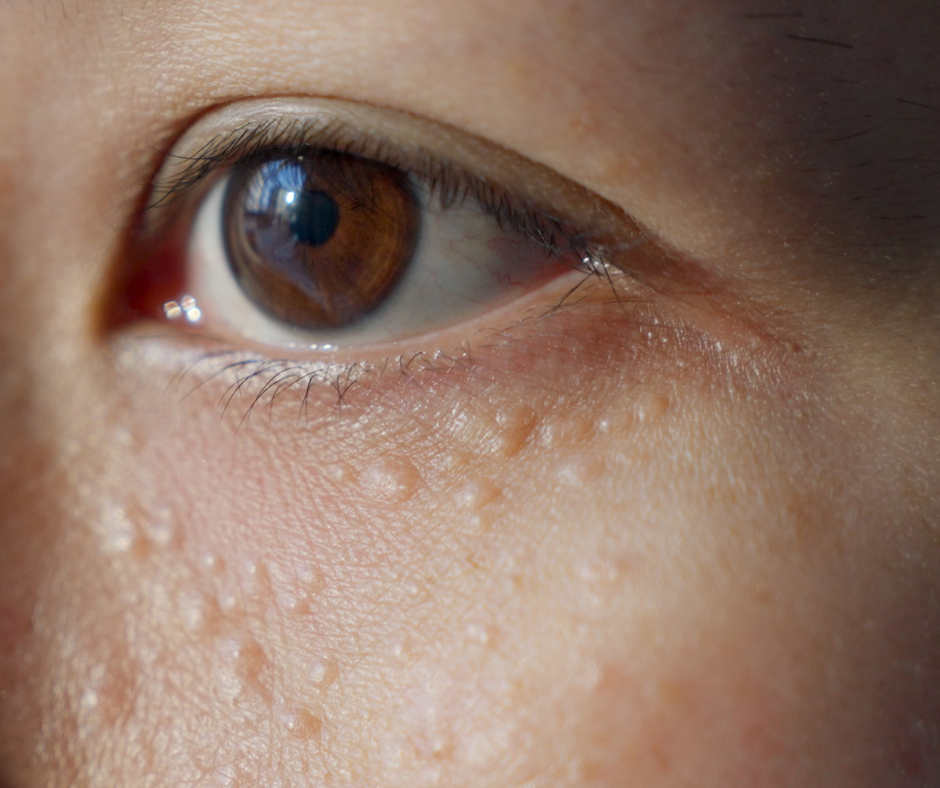Fine Wire Diathermy (FWD)
A medical procedure commonly used for treating minor skin irregularities with minimal scarring and downtime. Suited for warts, skin tags, milia, syringomas, sun spots
Minor skin blemish treatment.
FWD is a treatment that involves your practitioner passing a small electric charge down a hair-like needle into an unwanted spot, causing this spot to shrivel and disappear. To learn more, come in for a consultation at the Dermatology Institute of Victoria.
What is FWD used for?
It is often used in the treatment of minor skin blemishes such as: skin tags, milia, syringomas, seborrhoeic warts and sunspots. FWD is a versatile and minimally invasive procedure that offers effective solutions for various cosmetic skin concerns, leaving patients with smoother, clearer skin. Book a consultation to learn more today.
Benefits of Fine Wire Diathermy (FWD)
Effectively removes minor skin blemishes
Treats dilated blood vessels on the face
Minimal downtime and discomfort
Key Features of Fine Wire Diathermy (FWD)
How it works.
Fine Wire Diathermy (FWD) is a method for removing skin lesions. A fine wire electrode is inserted near the base of the skin lesion, delivering a low-level electrical current to the targeted area. The electrical current applied through the wire generates heat, which effectively cauterises the blood vessels supplying the skin lesion. This process causes the skin lesion to shrink and detach from the surrounding skin. Once the blood supply to the skin lesion is cauterised, it can be easily removed using forceps or other specialised tools. After the skin lesion is removed, the area is cleaned, and an antiseptic ointment may be applied to promote healing.
FAQs
-
• Skin tags
• Milia
• Syringomas
• Seborrheic keratoses
• Sebaceous hyperplasia
• Small blood vessels
• Spider naevi
• Dilated blood vessels on the face
• Fine vessels on the upper limbs or trunk
-
Precise Targeting: Precise targeting of specific skin concerns, such as skin tags or other small lesions. The fine wire electrode enables the desired area to be accurately treated with minimal impact on surrounding tissues.
Electrical Current Application: A low-level electrical current is applied through the fine wire electrode. This current generates heat, which is the primary mechanism for the treatment. The controlled application of heat allows for effective and selective treatment of the target area.
Versatility: FWD can be used for various skin concerns, including the removal of skin tags, small benign lesions, or other superficial irregularities. Its versatility makes it suitable for addressing a range of cosmetic or dermatological issues.
-
The insertion of a fine wire electrode into the target area, such as a skin tag or small lesion may cause a mild sensation, similar to a pinprick, but it is generally well-tolerated.
Once the fine wire electrode is in place, a low-level electrical current is applied through the wire, generating heat. The patient may feel a warm or tingling sensation at the treatment site. The heat is targeted to cauterise the blood vessels and promote the removal or detachment of the skin concern.
After the heat is applied, the treated skin concern will be removed using forceps or other specialised tools.
-
Expectations:
• It may take the spot anywhere from a few days to a few weeks to disappear, depending on the body part treated and the amount of current used.
• A scab will form over the sore which will eventually drop off when the healing is complete. It is important to protect the treated area with a broad-spectrum sunscreen while it is healing.
Downtime:
• After you have had the procedure a sore will appear, this wound is usually inconsequential but if a larger area has been treated it may be necessary to use a night-time topical antibiotic or antiseptic ointment (preferably greasy) for seven to ten days if the wound is on the face, or longer if elsewhere on the body. Your practitioner will advise you if this is required.
Book a consultation or ask a question.
Please note that all treatment options offered at the Dermatology Institute of Victoria require a consultation with one of our practitioners prior to any treatment being administered. Ask a question or request an appointment through the form below.
Before & After: Fine Wire Diathermy (FWD)
Fine Wire Diathermy treatment for seborrheic keratosis performed by Dr Katherine Armour, Dermatologist (MB ChB Otago, FACD), Specialist Dermatologist (MED0001210763). Results are individual and may vary. Patient has provided consent for the use of these images.
Please note: All procedures carry risks, potential side effects, and possible complications, and may not be suitable for everyone. A consultation with a registered health practitioner is required to determine if this treatment is appropriate, and further information will be provided before you decide to proceed. Outcomes cannot be guaranteed and results vary between individuals. Before and after images reflect the patient pictured and may differ for others.
This content is intended for persons aged 18 years and over. Patients under 18 are subject to a mandatory seven-day cooling-off period before proceeding with any non-surgical cosmetic procedures. This page is for informational purposes only and does not constitute medical advice. Please seek personalised guidance from a registered health practitioner regarding your individual circumstances.





